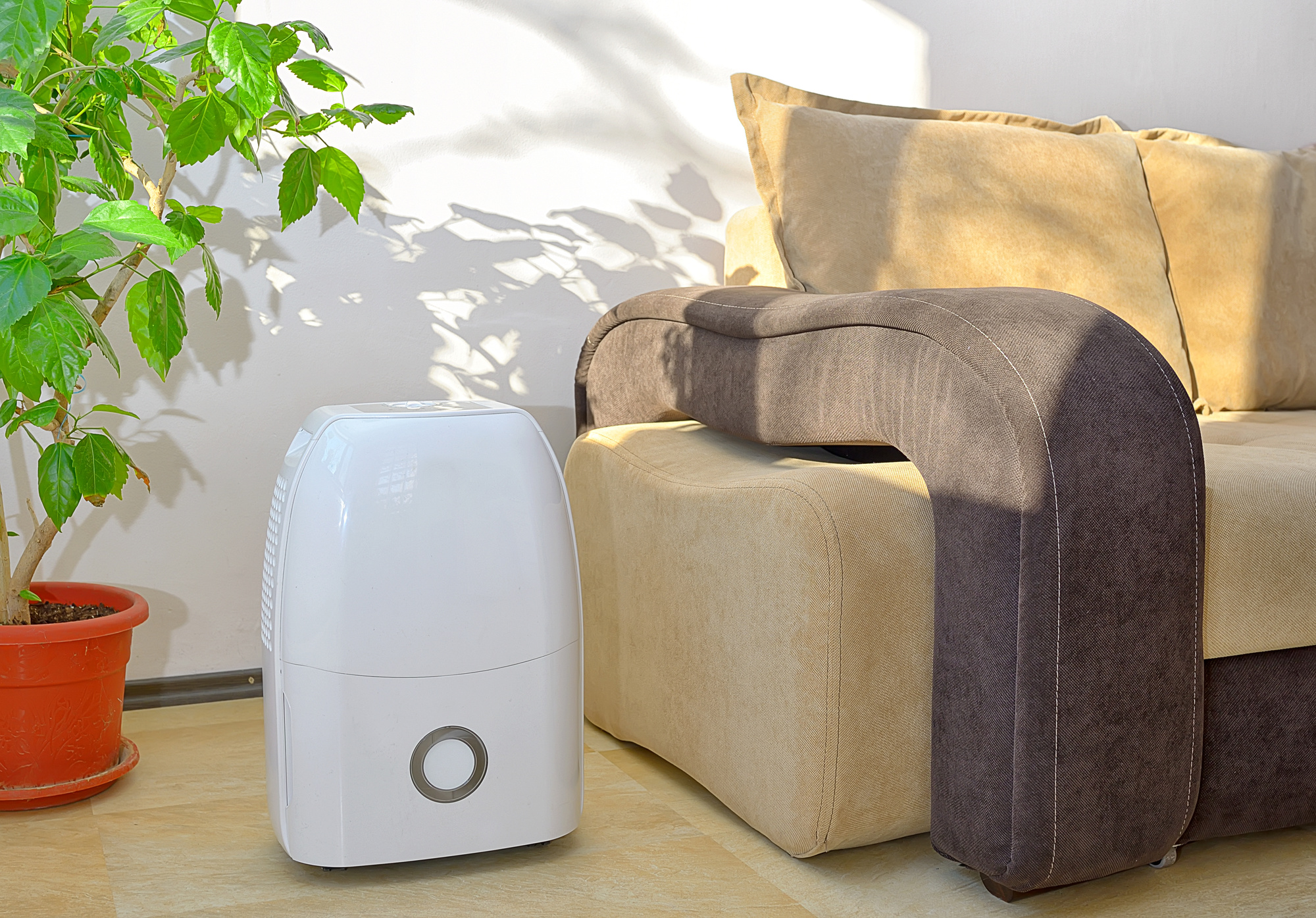While many of us make the assumption that the outdoor air we breathe is worse than the indoor air of our homes, this is not always the case. Sure, we’re exposed to numerous pollutants when we’re outdoors, but your home’s indoor air quality can have a dire impact on your health if you don’t make it a priority.
According to research conducted by the EPA, the air in our homes can contain up to five times more pollutants than outdoor air. Now, this is some food for thought. But how is this possible and how do you ensure your indoor quality remains healthy?
Find out how to improve indoor air quality by reading the rest of this blog.
How to Improve Indoor Air Quality: Ventilation
This may seem like a rather obvious starting point, but most people don’t even think twice about keeping their windows shut and blasting their AC or heating for hours on end, especially in the warmer and colder months.
But here’s the thing — your home air quality hinges on the ventilation in your home. Without ventilation, you are trapping all sorts of pollutants and allergens in the air. They literally have nowhere to go.
If you notice that your home tends to hold onto smells for a good day or two, especially after cooking, this is a typical sign that you could have poor ventilation. Make an effort to open some windows throughout the day when you can and let some fresh air flow through your home.
Regular Cleaning of HVAC Systems
On the topic of ventilation, if your home has an HVAC system, especially one that operates with a furnace, it’s absolutely essential that you clean out this system on the regular.
This includes air duct cleaning at least once a month to keep mold at bay. Make sure to schedule professional maintenance and cleaning every 6 months, or at the change of seasons, to ensure your HVAC system is clean and fully operational.
Keep Dust at Bay
Dust is one of those things that slowly creeps up on you and collects without you even noticing it. Where does it come from though? In short, dust is an accumulation of dirt, dead skin cells, fabric fibers, etc. If something becomes dry enough to flake off, it becomes dust.
The best way to improve indoor air quality is by regularly dusting a house. Dust particles are minute — they float in the air and accumulate in our airways. If you make an effort to dust and clean your home’s surfaces at least once a week you can maintain healthy indoor air quality.
It’s also a good idea to use anti-dust mite covers on your pillows and mattresses if you’re particularly sensitive to dust. And wash your bedding on a hot water cycle to kill off dust mites.
Eliminate Pet Dander
If you’re the owner of pets you’ll understand the struggle to keep your home dander-free. It’s not always possible, but it’s one of the most important home cleaning tips to improve and maintain your indoor air quality.
Where you can, keep your pets off your furniture, especially in the bedroom. If you own cats, we understand this is a tall order. As soon as you notice pet hair beginning to collect, make an effort to remove it.
Low-pile carpeting is your best option when you own pets as it prohibits pet hair from collecting, without you noticing it.
Use a Carbon Monoxide Detector
If your oven or heating system operates on gas, propane oil, charcoal, or wood, it’s imperative that you install a carbon monoxide detector and ensure that it’s fully operational.
An accumulation of carbon monoxide in your home is very dangerous. This gas is known as a ”silent killer” because it’s colorless, and odorless, making it difficult to detect. Make sure to install detectors near your bedrooms to ensure the gas is not accumulating in these areas without you knowing it.
Keep in mind that these detectors have a shelf-life, so it’s important to check the batteries and date of manufacture to ensure it’s still working.
Invest in Some Indoor Plants
Indoor plant life is a great way to improve your air quality as they help to clean the air. Plants naturally remove excess carbon dioxide around us, which can improve the air you and your family breathe.
Just bear in mind that not all plant life is ideal. This is because some plant species contain scents and pollens that can actually flare up allergies. Do some research on the best types of indoor plants for better air quality before you make your purchase!
Make Decluttering a Priority
An overly cluttered home does not bode well for your indoor air quality. This is because the more clutter you have on your surfaces around the house, the more opportunity there is for dust to collect and mold to grow.
Not only this, but clutter can also inhibit healthy air circulation. Make a point of keeping your home as clutter-free as possible so you can keep your air quality healthy.
Avoid Drying Damp Clothes Indoors
If you don’t have a designated laundry or dryer, it’s tempting to hang up your laundry indoors, especially when the weather is not on your side. But this is never a good idea as it only ramps up the level of humidity in the air throughout your home.
Damp air is unhealthy for those with conditions such as asthma and allergies, and can eventually lead to respiratory infections over the long term. It’s best to wait for good weather so you can dry your clothes outside and keep your home’s indoor air clean!
Looking for Professional Home Cleaning Services?
If there are three top ways to improve your indoor air quality, it’s through good ventilation, regular dusting and cleaning, and HVAC system maintenance.
If you’re on the hunt for professional home cleaning services in order to keep your air quality pristine, Two Girls and a Broom are your go-to! Learn more about our array of cleaning services in Kansas City.





